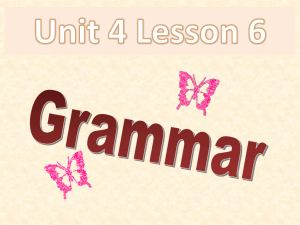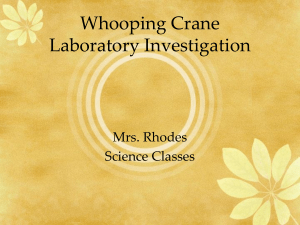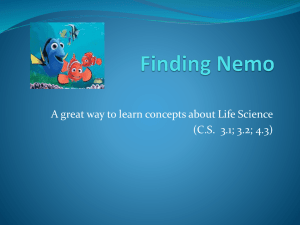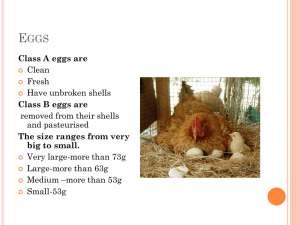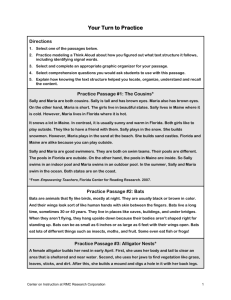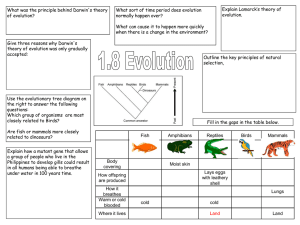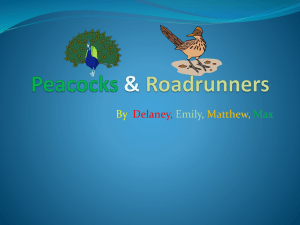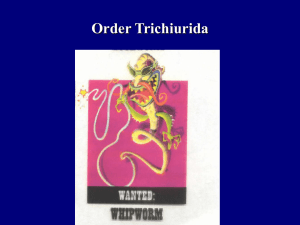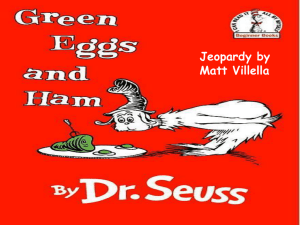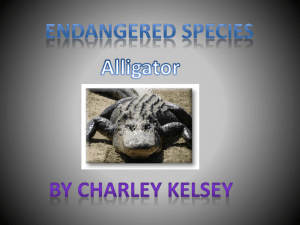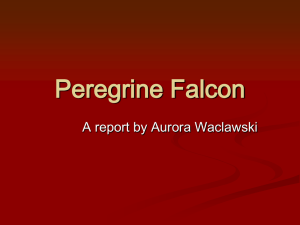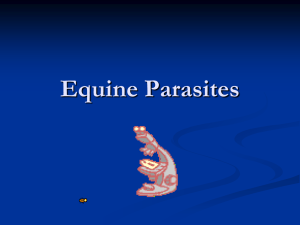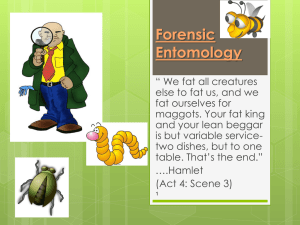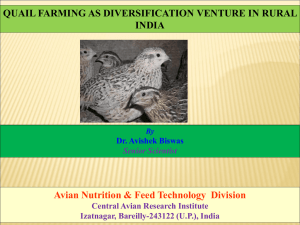Rattling
advertisement
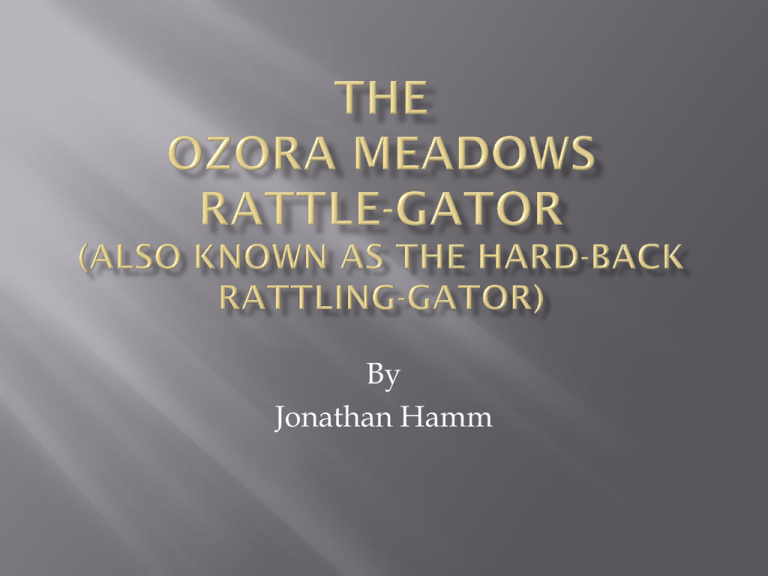
By Jonathan Hamm I first discovered the Hard-Back Rattling-Gator when I was in Ozora Meadow woods in Tribble Mill Park in Lawrenceville, Georgia. The Hard-Back Rattling-Gator is a reptile that grows up to 25 inches long from head to tail. It looks like it is related to the rattle snake and the alligator. Their color is made up of green and brown patterns. They have long bodies and long necks. Their bodies have hard scales on their backs for protection. They’ll mostly use their rattle-tails to protect their eggs and young babies. They use their necks to kill prey by squeezing them to death. The Rattling-Gators can camouflage themselves in the woods and in the water. The Hard-Back Rattling-Gator can live in both wetland and woodland habitats. They live in the woods, but stay near swamp areas. The baby rattle-gator spends most of its time in the water because they are born with webbed feet and they do not have their clawed legs yet. They go on land only with their parents. The adult rattle-gator spends more time on land. They stay under the trees, in the bushes or inside logs. This helps them to stay cool. They go in the water to cool off after running around in the hot sun and to look for food. Baby-Rattle-gator Small fish Insects They eat off prey that their parents kill. Young and adult Frogs Squirrels Fish Otters Raccoons Birds Life cycle of a Hard-Back Rattling-Gator adult eggs Young rattlegator baby •The female Rattle-Gator lays between 3 – 5 eggs at a time. •They lay their eggs inside a nest. •The parents stays close to the nest to protect the eggs. •The eggs take up to 90 days to develop. •The baby gator has brown and green patterns. • They stay close to their parents because their backs are still soft and their vision is not very good. They need their parents for protection. •They don’t have teeth yet so their mother chews their food for them and feeds them. •They are good swimmers because they have webbed feet. •They are learning to use their rattles to scare off animals. •They now have sharp teeth to kill their own prey. • They use their necks to squeeze it’s prey to death. • The young rattle-gator’s back is getting very hard and this makes it hard for other animals to attack it. •The scales on their bodies looks a lot like their parents. •They use their rattle tails to scare off attackers. •They are good swimmers and great hunters. •They spend less time with their parents because they can take care of themselves. The adult has very hard scales all over their body. • The adult has very sharp teeth and they can swallow small animals whole. •They are very good swimmers and hunters. • It has strong legs and claws on their feet. •The mother and father rattling-gators are very protective over their eggs. • Real snake lays about 10- 15 eggs baby snakes do not stay with their parents. They have to protect themselves. The female snake will bury her eggs to protect them Rattling-Gator Lays up to 4 eggs Baby stays with parents. Parents protect their babies. The mother lays eggs in nest. ALLIGATOR In 3 months alligator will hatch. After running around, the alligator gets overheated and have to go in the water to cool off. Good swimmers. Baby alligators stay with their mothers. RATTLING-GATOR In 3 months it will hatch. After running around looking for food, the rattling-gator goes in the water to cool off. Good swimmers. Baby rattling-gators stay with their parents.


